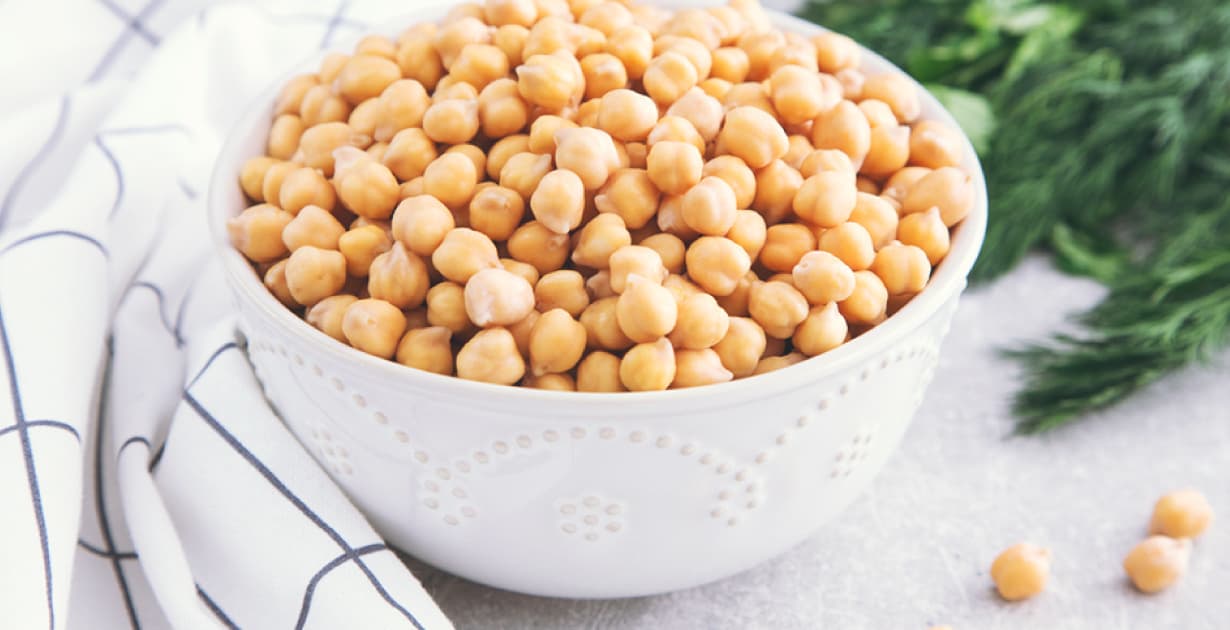
A vegetarian might choose to eat eggs for several reasons. These foods contain a lot of protein, as well as other essential nutrients. Eggs have over 6 grams high-quality protein as well as a variety of vitamins and mineral. Choline, which is a key nutrient, can be found primarily in eggs' yolks. Vegetarians may choose to eat egg yolks as a source for variety and essential nutrients. But there are also disadvantages. This article will talk about the benefits of a vegetarian meal that includes eggs.
Ovo-vegetarians
Ovo-vegetarians are vegetarians that eat only dairy products. The dairy industry is known for being cruel to animals. These animals are kept alive during pregnancy and are raised in conditions that don't promote their welfare. The calves who are born don't have access to their mother’s milk. It doesn't stop at dairy products. Ovo-vegetarians avoid eating eggs to support these harmful practices.
Ovo vegetarians eat egg whites because they are rich in protein. To avoid dairy, they need to carefully read the ingredient label. For instance, many chocolates contain dairy. Some vitamin D supplements may be fortified with calcium. Anyone who has difficulty following this diet should consider switching to veganism. Ovo-vegetarians are able to enjoy healthy, balanced meals without having to spend a fortune.

Lacto-ovo vegetarians
The lacto-ovo vegetarian diet contains eggs and dairy products. It has fewer calories, fiber, and may help you lose some weight. It helps maintain healthy blood sugar levels. This diet encourages increased consumption of fruits, vegetables, and lowers the intake of trans and saturated fats. This diet is a great choice for people who want to lose weight, but are worried about how much fat they are consuming.
Studies show that lacto vegetarians have a lower chance of developing type 2 diabetes, than omnivores. Although eating meat has been linked to an increased risk of developing diabetes, this effect may not directly be related to meat consumption. Vegetarian diets have a tendency to lower blood cholesterol levels, increase consumption of healthy foods and improve insulin sensitivity. Not everyone is suited to a vegetarian diet.
Pesco pollo vegetarians
A Pollopollotarian diet can be a great option for people trying to cut back on their consumption of red beef. The diet does not make people feel deprived and helps them lose weight. This diet has many health benefits and is less harmful to the environment.
A pollo vegan doesn't consume red meat but they avoid eggs, dairy, and other animal products. These people generally eat fruits, vegetables, whole grains, beans, and other foods. Pescopolo vegetarians sometimes eat eggs and milk products. It is up to the individual to decide whether they eat eggs. However, ethical and health considerations often play a major role. For example, some Pollo vegetarians eat eggs as well as fish, while others don't.

Lacto-vegetarians
A lacto-vegetarian is a vegetarian who avoids eating meat, fish, and dairy products. These people are usually vegetarians, although some may also eat eggs or dairy products. A lacto vegetarian diet is primarily plant-based, which includes dairy products, grains, seeds, and other food items. For example, lacto vegetarians should eat a lot more nuts and seeds like almonds.
There are many benefits to a diet that includes lacto-vegetarians, such as a reduced intake of animal-derived milk products and meat. A lacto-vegetarian has a very low cholesterol and is at lower risk for cardiovascular disease. It is recommended to consume at least five servings per day of protein. Eggs, dairy products and other protein sources are good options. Lacto-vegetarians may also enjoy eggs and dairy products.
FAQ
What lifestyle is most healthy?
The healthiest lifestyle to live is one where you eat healthy food, exercise regularly, sleep well, and avoid stress. This will ensure that you live a long healthy life.
Start small by changing your diet and exercising routine. To lose weight, you can start walking 30 minutes per day. You can also take up dancing or swimming if you are looking to be more active. You could also join an online fitness program like Fitbit or Strava that tracks your activity levels.
What is the difference between a virus and a bacterium?
A virus can be described as a microscopic organism incapable of reproducing outside its host cell. A bacterium can be described as a single-celled organism which reproduces by splitting in two. Viruses are very small (about 20 nanometers) while bacteria are larger (up to 1 micron).
Viruses are usually spread through contact with infected bodily fluids, including saliva, urine, semen, vaginal secretions, pus, and feces. Bacteria are often spread via direct contact with contaminated surfaces and objects.
Viral infections may enter the body through cuts, scrapes. bites and other skin breaks. They can also be transmitted through the eyes, nose, mouth, ears, vaginal, rectum, and anus.
Bacteria can enter our bodies through wounds, cuts, scrapes, burns, insect stings, or other breaks in our skin. They may also enter our bodies from food, water, soil, dust, and animals.
Both viruses and bacteria can cause illness. But viruses can't multiply within their host. Infecting living cells is what causes them to become sick.
Bacteria can grow in their hosts and cause disease. They can invade other areas of the body. That's why we need antibiotics to kill them.
How can you live a healthy life?
How can you live a healthy life?
Living a healthy lifestyle involves eating right and exercising regularly. Avoiding sugar and unhealthy fats is key to eating well. Exercise strengthens your muscles and helps you lose calories. Sleeping enough can improve memory and concentration. Managing stress reduces anxiety and depression. Fun keeps us happy and healthy.
Statistics
- WHO recommends reducing saturated fats to less than 10% of total energy intake; reducing trans-fats to less than 1% of total energy intake; and replacing both saturated fats and trans-fats to unsaturated fats. (who.int)
- In both adults and children, the intake of free sugars should be reduced to less than 10% of total energy intake. (who.int)
- According to the Physical Activity Guidelines for Americans, we should strive for at least 150 minutes of moderate intensity activity each week (54Trusted Source Smoking, harmful use of drugs, and alcohol abuse can all seriously negatively affect your health. (healthline.com)
- According to the 2020 Dietary Guidelines for Americans, a balanced diet high in fruits and vegetables, lean protein, low-fat dairy and whole grains is needed for optimal energy. (mayoclinichealthsystem.org)
External Links
How To
What does the word "vitamin" mean?
Vitamins are organic compounds naturally found in food. Vitamins aid us in absorbing nutrients from the food we eat. The body cannot make vitamins; therefore, they must be obtained from food.
There are two types: water-soluble and fat-soluble vitamins. Water-soluble vitamins dissolve easily when they are dissolved in water. Vitamin C,B1(thiamine), B2 (2riboflavin), and B3 (3niacin), as well as vitamin C,B1, B2 (riboflavin), and B3 (niacin), vitamin B6 (pyridoxine), vitamin folic acid (biotin), pantothenic, and choline are examples. The liver and fatty tissues are home to fat-soluble vitamins. Examples include vitamin D, E, K, A, and beta carotene.
Vitamins are classified according to their biological activity. There are eight major vitamin groups:
-
A - Essential for healthy growth and health maintenance.
-
C is important for nerve function and energy production.
-
D – Essential for healthy teeth, bones and joints
-
E is required for good vision and reproduction.
-
K – Required for healthy muscles & nerves.
-
P - essential for strong bones, teeth and tendons
-
Q – aids digestion and absorption.
-
R – Required for making red blood vessels.
The recommended daily allowance (RDA) of vitamins varies depending on age, gender, and physical condition. The U.S. Food and Drug Administration, (FDA), sets the RDA value.
For adults aged 19 and older, the RDA for vitamin B is 400 micrograms daily. Because it is essential for the development of the fetus, pregnant women should consume 600 micrograms per days. Children ages 1-8 require 900 micrograms per day. Infants below one year of age need 700 micrograms daily. But, between 9 months to 12 months of age, the amount drops to 500micrograms per days.
Children aged 1-18 require 800 micrograms of sugar per day, while those who weigh more than 1200 need 1000. For their nutritional needs, underweight children need 1200 mg per day.
Children aged 4-8 years old who have been diagnosed as having anemia require 2200 micrograms of vitamin C per day.
2000 micrograms is the minimum daily intake for general health in adults older than 50 years. Breastfeeding or pregnant women require 3000 micrograms per daily due to higher nutrient demands.
Adults over 70 require 1500 micrograms each day, since they lose approximately 10% of muscle mass each decade.
Women who are pregnant or lactating need more than the RDA. Pregnant woman need 4000 micrograms daily in pregnancy and 2500 per day after childbirth. Breastfeeding mothers need 5000 mg per day when breastmilk is being produced.